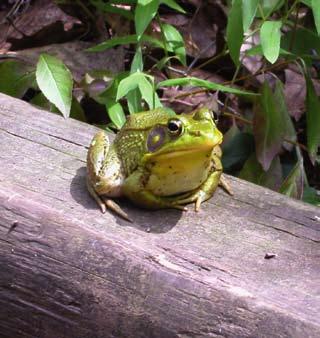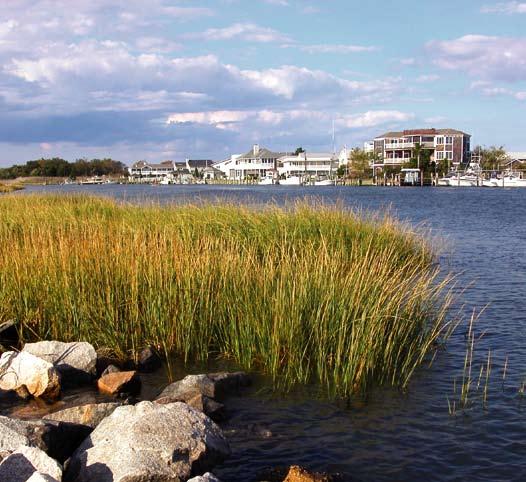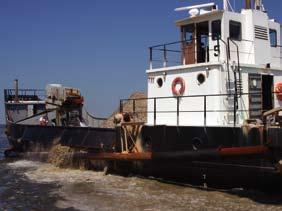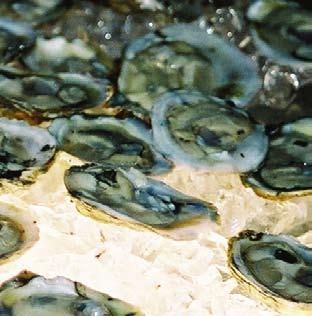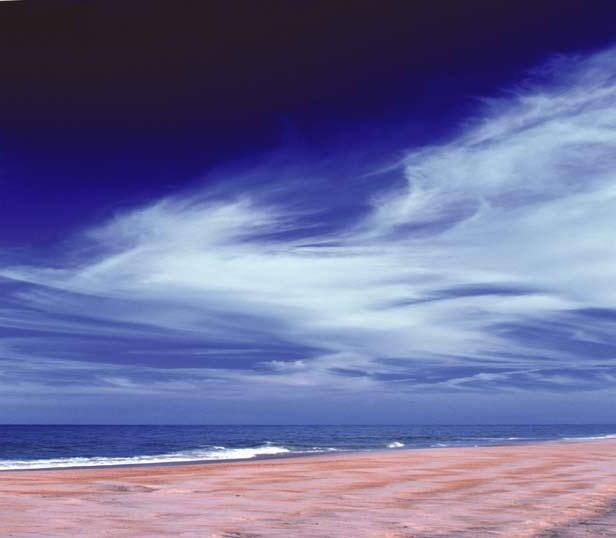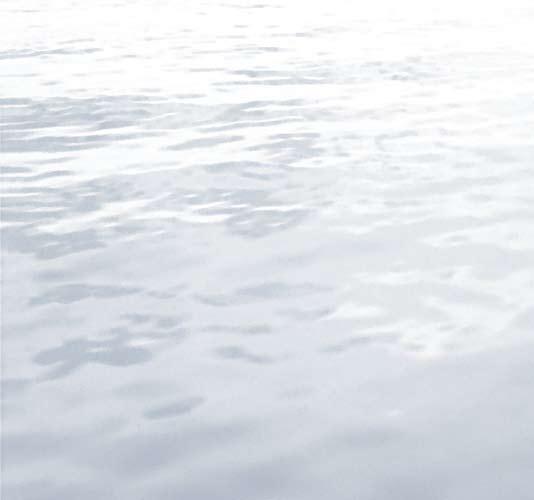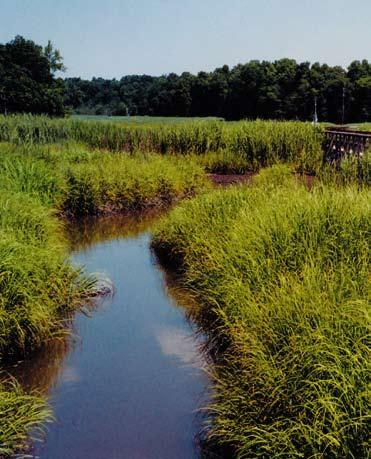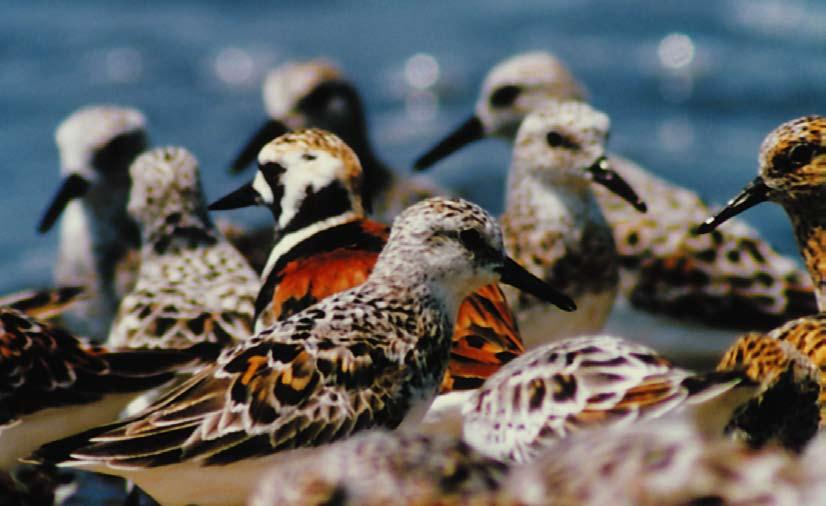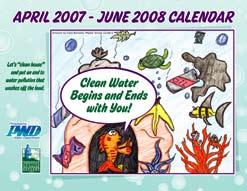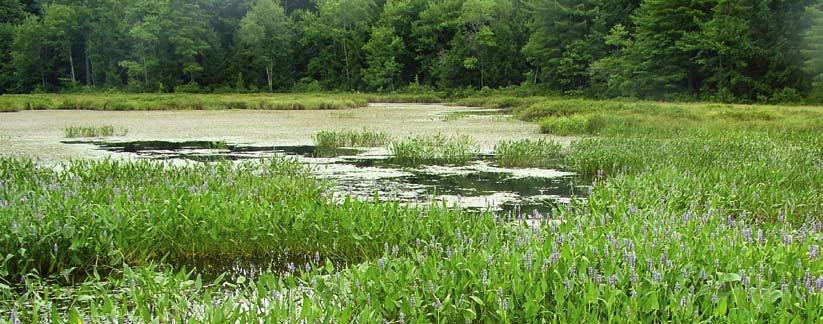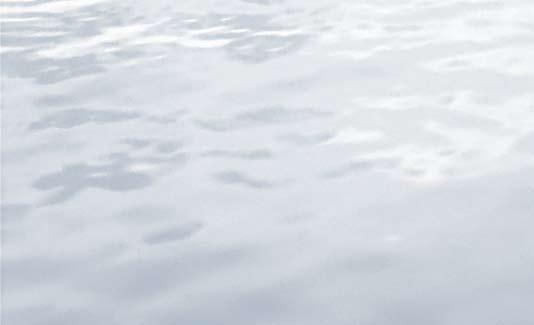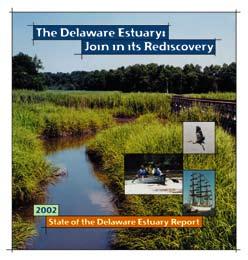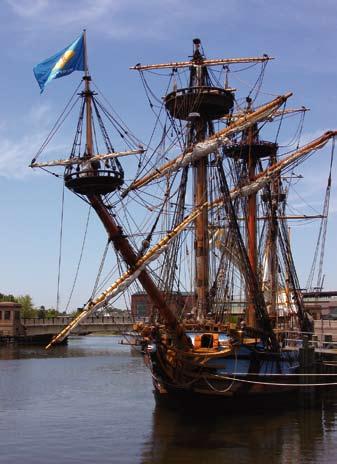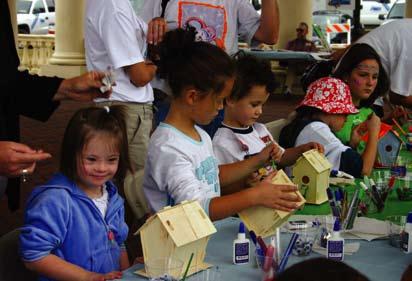The Future: Strategic Priorities, Goals, and Objectives
The Partnership’s five strategic priorities, stated on the previous page, serve to advance the mission and vision of the organization. For each priority there are goals, objectives, and activities that are designed to move these key programmatic areas forward over the next five years.
Restoring and Protecting the Delaware Estuary and its Tributaries
Goal : To lead restoration and protection activities that will result in measurable environmental improvements in the Delaware Estuary.
Objective 1.1
Coordinating, facilitating, supporting, and promoting programs and policies designed to restore and enhance water quality and habitat value
Coordinate the Schuylkill Watershed Implementation Grant and Schuylkill Action Network projects designed to treat acid mine drainage, reduce agricultural inputs, address stormwater runoff pollution, and protect key watershed lands.
Lead the Corporate Environmental Stewardship Program that works with private businesses to reduce stormwater runoff pollution and enhance habitat values.
Participate on the Delaware Bay Oyster Restoration Task Force to restore oyster beds in the Delaware Bay.
Lead innovative restoration projects that demonstrate new approaches. Examples include shoreline stabilization projects on the Cohansey and Maurice Rivers in New Jersey and a freshwater mussel restoration project on the Brandywine River in Pennsylvania.
Objective 1.2 Promoting and expanding the use of the Natural Vegetation Classification System for the Delaware Estuary
Complete, package and promote the Natural Vegetation Classification System of the Delaware Estuary (guide, key, and maps) for use by government agencies and NGOs as a means for targeting/guiding restoration and protection efforts in the Estuary region.
Develop the Restoration Rangers Program to provide training and technical support to local land managers and their volunteers, and to teach them how to use The Guide to the Natural Communities of the Delaware Estuary and its associated tools.
Objective 1.3 Leading the Delaware Estuary’s Benthic Inventory (DEBI)
Lead a benthic ecosystem assessment to inventory and describe the physical and biological conditions of the bottom of the openwater tidal system of the Delaware Estuary to assist with resource management and conservation initiatives.
Objective 1.4 Developing a Regional Restoration Initiative
Lead a multi-jurisdictional Regional Restoration Initiative that will assist with the implementation of short-term projects, as well as provide a long-term, strategic framework, to guide the restoration of natural resources and ecological functions in the Delaware Estuary region.
Identify and characterize ecologically significant, and/or critical species and habitats by:
Outlining federal and state decision-making processes that govern the protection and restoration of these species and habitats.
Identifying partnering/collaborating opportunities for advancing and coordinating the enhancement and restoration of these species and habitats.
Provide a list of prioritized restoration projects using approved criteria that stakeholders can utilize to select project(s) and focus efforts.
Objective 1.5 Growing the monitoring infrastructure in the Delaware Estuary
Support and promote ways to strengthen and expand the monitoring infrastructure throughout the Delaware Estuary to better understand the physical, chemical, and biological linkages of the system, including the Delaware Estuary Watershed to Ocean Observing System (DEWOOS) and the Delaware Estuary National Water Quality Monitoring Network Pilot Project.
Objective 1.6
Encouraging volunteer involvement in restoration and protection activities
Coordinate volunteer-based programs including river clean ups, storm drain marking, proper animal waste disposal, and other initiatives.
Strategic Priority
Expanding Communications and Outreach to the General Public and Targeted Constituencies to Increase Awareness of the Delaware Estuary
Goal : To provide accurate and user-friendly information to engage people in the protection and enhancement of the Estuary.
Objective 2.1
Serving as the Delaware Estuary information clearinghouse for partners, stakeholders and interested parties
Expand the use of the Delaware Estuary’s Conceptual Framework, which was created in 2006 to link the physical, chemical and biological components of the Estuary.
Continue to expand the capacity of the Partnership’s website, www.DelawareEstuary.org, to include the Delaware Estuary Information Gateway, featuring an extensive digital library of Estuary-related documents, datasets, studies, and research.
Objective 2.2 Continuing to increase overall awareness of the Delaware Estuary
Increase regional and national awareness of the Estuary’s signature traits and environmental issues through innovative initiatives and programs such as the Estuary News newsletter and partnering efforts like the Schuylkill Action Network.
Objective 2.3
Developing strategies to engage policymakers in priority issues facing the Estuary
Develop and implement a strategy to better educate and engage the various levels of policymakers in the region.
Objective 2.4 Providing meaningful teacher and youth education
Continue to coordinate the Delaware Estuary Watershed Workshop for Teachers and to produce educational fact sheets, and other support materials for educators.
Continue to educate youth about the Estuary through outreach materials and events including the “Clean Water Begins and Ends with You” Drawing Contests.
Continue to promote the use of school campuses as outdoor classrooms and community demonstration sites for habitat and stormwater management through the Corporate Environmental Stewardship Program, projects under the Schuylkill Watershed Initiative Grant, and other restoration/enhancement efforts.
Objective 2.5
Developing a branded identity for the Delaware Estuary and marketing it as an important economic and ecological resource
Conduct research to lead the development of a branded identity for the Estuary.
Establish new relationships to assist in the development of a Communications/Marketing Plan to promote the Estuary.
Coordinate marketing efforts with those of key partners in targeted areas of the watershed to realize maximum impact.
Objective 2.6
Establishing the Delaware River-to-Sea Eco-tourism Initiative
Lead the effort to promote the Delaware Estuary as a destination point through the establishment of the Delaware River-to-Sea Network.
Research existing eco-tourism opportunities in the Estuary.
Design a marketing strategy for the Delaware River-to-Sea Network.
Create an eco-tourism committee and host meetings/information sharing sessions for regional, state and local tourism officials.
Use www.DelawareEstuary.org to promote the Delaware River-to-Sea Network and eco-tourism opportunities in the Estuary.
Objective 2.7
Increasing recreational use of the tidal portion of the Delaware River and its tributaries
Coordinate educational and recreational activities to reconnect the public to the Estuary and its tributaries.
Objective 2.8 Participating in local and regional events celebrating the Delaware Estuary and its tributaries
Participate in local and regional events throughout the Estuary, including Pennsylvania and Delaware Coast Days, New Jersey Bay Days, Earth Day events, etc.
Strategic Priority
3
Providing Technical and Organizational Support to Partners Working to Improve the Environmental Health of the Estuary
Goal : To strengthen our ability to facilitate and coordinate the transfer of technical information, and to identify and secure resources.
Objective 3.1
Coordinating and facilitating the reestablished Delaware Estuary Science and Technical Advisory Committee (STAC)
Lead and coordinate the STAC’s efforts to provide critical guidance and peer review for programmatic activities.
Assemble ad-hoc technical workgroups under the STAC to address standing needs and emerging issues that are insufficiently addressed by existing committees.
Build on the comprehensive assessment of the Estuary’s natural communities.
Lead the development of thematic workshops and conferences that provide mechanisms for information exchange and networking.
Objective 3.2
Sponsoring the biennial Delaware Estuary Science Conference and Environmental Summit
Continue to organize and sponsor a biennial Science Conference and Environmental Summit for the Delaware Estuary.
Objective 3.3 Providing technical support to partners working to restore and protect the Estuary
Serve as a key point of contact for Estuary management, science and education-related matters.
Continue to participate and provide input to our partners’ key committees as they support our strategic priorities, including the Monitoring Advisory Committee, Toxics Advisory Committee, PCB Implementation Advisory Committee, Integrated Ocean Observing System, Delaware Estuary Watershed to Ocean Observing System, Delaware Estuary National Water Quality Monitoring Network Pilot Project, Delaware River Basin Fish and Wildlife Cooperative, Mid-Atlantic Wetlands Group, etc.
Continue to foster and participate in local/sub-watershed based collaborations that bring strategic focus, resources, and/or awareness to key areas of the Estuary.
Objective 3.4 Providing Estuary-wide leadership for addressing the impacts of climate change
Develop and implement a strategy to address the impacts of climate change on the Estuary, including sea level rise, the reduction of biodiversity, invasive species, etc.
Objective 3.5 Being aware of, and responsive to, emerging issues
Promote awareness of, and responsiveness to, emerging issues that could impact the Estuary, including emergent contaminants of concern, etc.
Strategic Priority
Tracking Progress of the Implementation of the Comprehensive Conservation and Management Plan (CCMP) for the Delaware Estuary and Measuring Environmental Improvement
Goal : To develop a framework to accurately and efficiently determine the effectiveness of actions to improve the environmental health of the Estuary and to identify and address knowledge gaps.
Objective 4.1 Developing meaningful ecosystem-based goals and indicators
Work with partners to establish baseline environmental conditions in the Estuary by characterizing the system’s status and trends, identifying critical data gaps, and establishing indicators within a watershed framework.
Work with partners to develop meaningful goals and milestones for indicators and begin to address critical data gaps.
Objective 4.2 Publishing a State of the Estuary Report
Publish a State of the Estuary Report on a regular basis in coordination with the Delaware River Basin Commission’s 5-Year Status and Trends Delaware Estuary Monitoring Report.
Objective 4.3 Tracking the CCMP’s implementation progress
Engage key partners to assess implementation progress of the CCMP and to use this information to update the CCMP.
Present CCMP tracking information into the Partnership’s tracking database for future analysis and use.
Strategic Priority
Diversifying and Increasing Funding to Support the Implementation of Action Items in the CCMP for the Delaware Estuary
Goal : To refine and implement an organizational fundraising strategy aimed at insuring long-term financial sustainability.
Objective 5.1 Establishing an Estuary financing subcommittee
Implement selected financing strategies that were identified in the Partnership for the Delaware Estuary’s 2006 financing feasibility study that was prepared by the University of Maryland’s Environmental Finance Center.
Work with key partners in targeted areas of the Estuary to take advantage of locally appropriate financing opportunities.
Objective 5.2 Continuing to increase income from annual fundraising initiatives
Expand existing fundraising efforts, including the annual appeal and annual dinner, and identify new initiatives to support the five priority activities.
Objective 5.3 Expanding grant-writing activities
Expand grant-funding support, in both the public and private sectors, to carry on priority activities.
Objective 5.4 Identifying and engaging new stakeholders
Create a strategy to expand the circle of stakeholders who support priority activities.
Continue to expand the Corporate Environmental Stewardship Program, and/or corporate giving opportunities.


